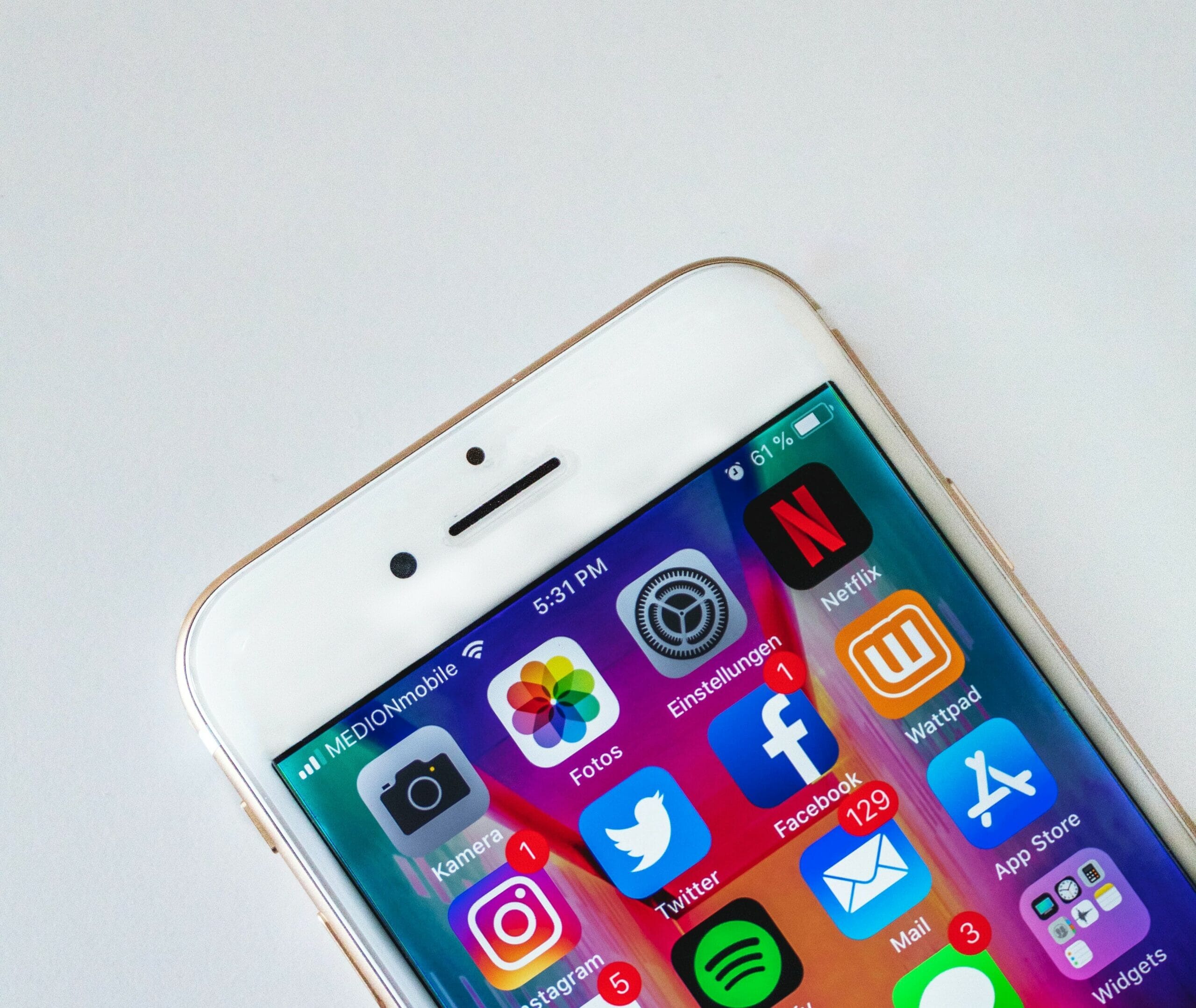Should my business or brand still be on Twitter?
Don’t write Twitter off completely just yet… Keep a light touch Twitter strategy in your plans for next year and continue to monitor the situation.
Don’t go completely silent
You may pull back the frequency of your tweets, but don’t stop completely (especially if your competitors have). If other brands are pulling back, it may work in your favour and enable better cut through, during this instability. Repurpose content you’re creating for other platforms, rather than spend lots of time originating content just for Twitter: blog posts, LinkedIn and newsletter content would work well.
Signpost your audience to other platforms (or better yet, a mailing list)
This is another wakeup call that no marketing or comms strategy should be over-reliant on platforms where you don’t make the rules and have limited control. Broaden your social footprint and make sure that you’re not solely dependent on Twitter to reach your audience. If you have an engaged and loyal audience on this platform, signpost them to your other platforms or better still, a mailing list (because you control that channel), where you can continue your dialogue with them. First party relationships are increasingly important for future-proofing your comms strategy.
Spend your marketing budget elsewhere
Review your advertising strategy if you have one. Weekly bookings for advertising are currently down 49% as lots of businesses are pulling their ad spend while the platform is in flux. We’d recommend pausing your Twitter ads and channeling that budget to a better performing channel. Instagram and TikTok are currently claiming the majority of marketers’ ad spend.
Review key metrics and performance. You’ll have your own benchmarks of what good looks like for your business account. What are key metrics telling you – is your reach dropping? Is engagement dropping?
Back up important information, assets, and media
It’s a treasure trove of data, information, research, and experts. Back up any important tweets or media files. We’ve noticed journalists mention back up screenshots of posts where they would usually embed tweets – so is it a reasonable assumption that embedded tweets on media sites will stop working if Twitter goes down?









